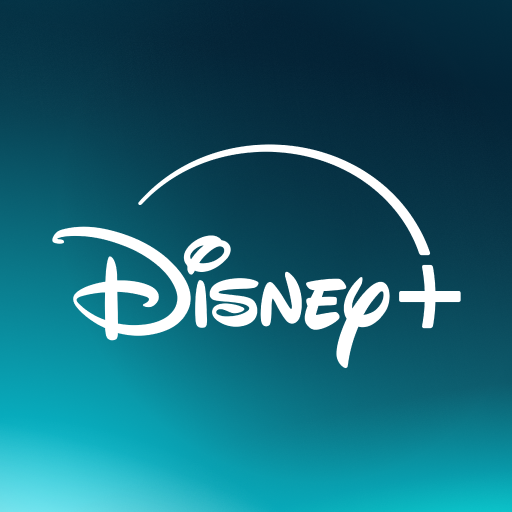The Dust Settles: Disney and YouTube TV End Bitter Standoff
After a tense, two-week standoff that left millions of viewers without access to their favorite sports and shows, Disney and Alphabet (Google’s parent company) have finally reached a deal. The announcement on Friday confirmed that content from ABC and ESPN, along with other Disney-owned channels, would be restored to Google’s YouTube TV. For families and sports fanatics who endured the blackout, it’s a collective sigh of relief, but the implications of this high-stakes negotiation ripple far beyond just the return of college football and prime-time dramas.
This dispute wasn’t just a squabble over channels; it was a battle for billions, a defining moment in the ever-escalating ‘streaming wars’ that have reshaped the entertainment landscape. At its core, the disagreement centered on carriage fees – the money YouTube TV pays Disney to carry its networks. Disney, armed with invaluable content like live sports on ESPN and popular programming on ABC, sought a valuation they believed reflected their immense drawing power. Google, on the other hand, aimed to keep YouTube TV’s subscription costs competitive, a crucial factor in attracting and retaining subscribers in an increasingly crowded market.
A Battle for Billions: Unpacking the Carriage Dispute
- The core of the dispute revolved around the escalating cost of content distribution rights, with Disney demanding significantly higher fees for its portfolio of channels.
- Disney’s formidable leverage came from its indispensable high-value content, particularly live sports programming on ESPN, a critical draw for millions of cord-cutters.
- Google’s YouTube TV, positioning itself as a cost-effective alternative to traditional cable, sought to maintain an accessible pricing structure for its burgeoning subscriber base.
The history of such carriage disputes is long and often ugly, with consumers frequently caught in the crossfire. From satellite providers battling local broadcasters to cable companies locking horns with media conglomerates, these standoffs are a predictable byproduct of a fragmented content ecosystem. What makes this particular confrontation so telling, however, is its setting within the digital streaming realm, a space once promised as an antidote to such archaic conflicts.
The High Stakes Game of Streaming Economics
These disputes aren’t just about the immediate loss of programming; they send seismic waves through the entire streaming ecosystem, influencing everything from subscription prices to consumer loyalty. The threat of losing beloved channels can ignite outrage, but for platforms like YouTube TV, it poses an existential risk: subscriber churn.
"This wasn’t just about a few channels; it was a power play over the future of how we consume television, a microcosm of the larger battle for subscriber loyalty and revenue in a fragmented media landscape."
Who Blinks First? The Consumer as Collateral Damage
For two weeks, YouTube TV subscribers were faced with a grim choice: switch providers, find alternative (often less convenient) ways to watch, or simply go without. The platform experienced a surge in cancellations and widespread dissatisfaction, threatening its growth trajectory. Meanwhile, Disney faced the PR challenge of alienating a significant portion of its viewership, even if the financial impact on its massive empire was less immediately devastating.
- The impact on live sports viewership was immediate and severe, particularly for fans of college football and NBA, who found themselves scrambling for alternative viewing options.
- Beyond sports, the blackout also curtailed access to local news and syndicated programming provided by ABC affiliates, affecting daily routines for many households.
The resolution brings a temporary end to this particular skirmish, but the fundamental economic pressures that led to it remain. Content creators like Disney are acutely aware of the value of their intellectual property and are aggressively pursuing strategies to monetize it across all platforms, including their own direct-to-consumer services. Distributors like Google, meanwhile, are fighting to keep their bundles attractive and affordable in a market where consumers are increasingly selective about what they pay for.
What This Means for the Future of Your TV Bill
While the immediate crisis is averted, the underlying economic pressures on both content creators and distributors remain, suggesting that future price adjustments for consumers are not just possible, but probable. Historically, carriage disputes often end with the distributor agreeing to higher fees, which are then passed on to the subscriber. It’s a bitter pill, but one that viewers have become accustomed to swallowing.
"While the immediate crisis is averted, the underlying economic pressures on both content creators and distributors remain, suggesting that future price adjustments for consumers are not just possible, but probable."
The Shifting Sands of Media Power
Google’s strategy with YouTube TV is clear: to offer a comprehensive, internet-delivered alternative to traditional cable, bundling channels to attract a broad audience. Disney, conversely, is increasingly focused on its own direct-to-consumer platforms like Disney+, Hulu, and ESPN+, signaling a long-term ambition to control its content’s destiny from creation to distribution.
- The role of exclusive content continues to be a primary battleground, with each entity leveraging unique programming to secure subscriber loyalty and market share.
- The increasing power of tech giants like Google in traditional media distribution channels highlights a significant shift in industry dynamics, blurring lines between tech and entertainment.
This settlement, while celebrated by consumers, is ultimately a fragile peace. The ‘streaming wars’ are far from over, and as traditional media companies grapple with technological disruption and new consumption habits, these tense negotiations will only intensify. The resolution of the YouTube TV-Disney impasse serves as a stark reminder that in the volatile world of digital media, every handshake agreement is merely a temporary truce in an ongoing, high-stakes battle for control of the living room.

